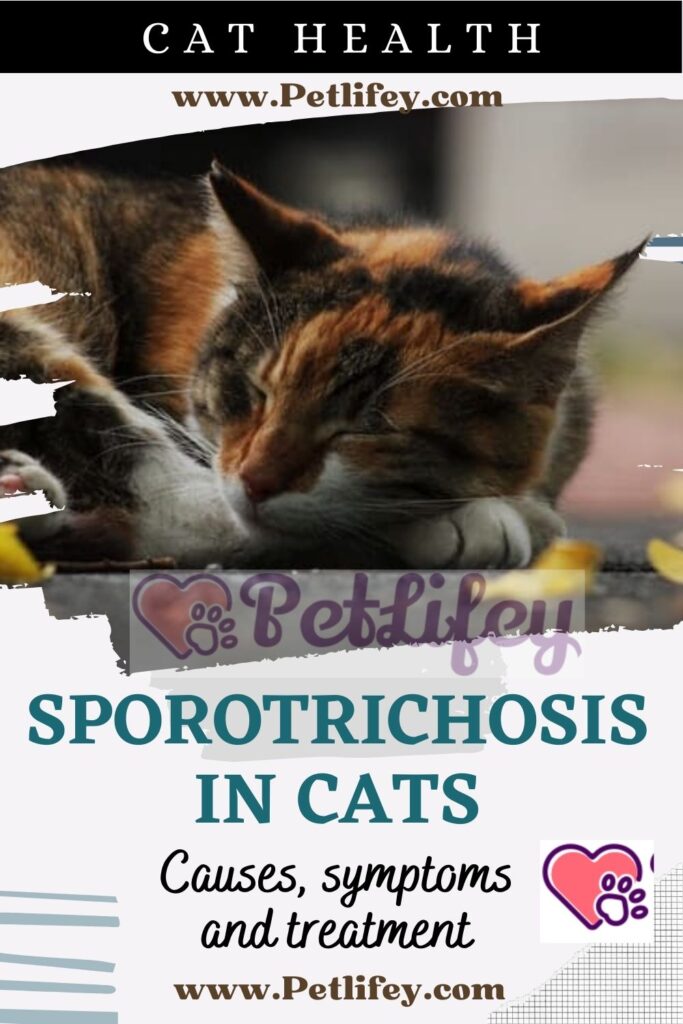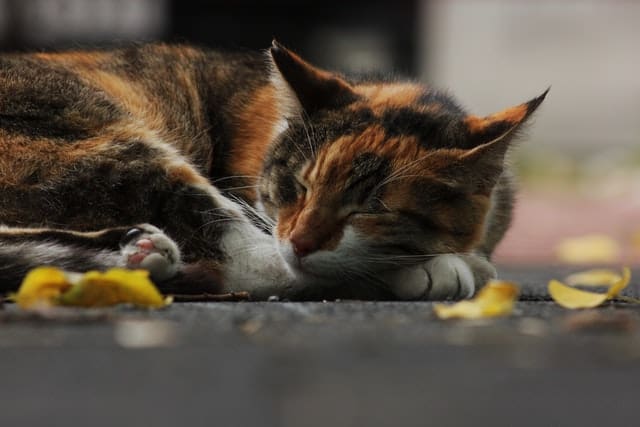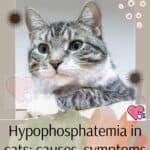
This terrible disease can affect many animals and can be transmitted to humans. Here’s everything you need to know about cat sporotrichosis: symptoms, causes and treatment.
Sporotrichosis is a zoonotic disease that is a disease that can be transmitted from animals to people. The origin of this disease comes from a fungus, which usually infiltrates a skin wound, to enter the cat’s body.
In the environment that surrounds us, there are many varieties of fungi, they are resistant to heat, live for long periods and can come into contact with the cat’s body through the respiratory tract or some open wound in the skin. Furthermore, these fungi can be found both on the ground and in organic matter.
Causes of sporotrichosis in cats
Sporotrichosis, is caused by the Sporotrix Schenkii fungus, this fungus is everywhere in nature, so it is not difficult for your pet to come into contact with it, especially cats who have the opportunity to go outside.
This means that the cat can come into contact with this fungus in the land and in the gardens they frequent. This mushroom is more common in areas with a tropical climate and therefore particularly loves hot and humid places where it can reproduce very easily.
The best way to prevent the appearance of this fungus is to always keep the places in the house where the cat walks clean but in particular it is essential to maintain the hygiene of the feline’s litter box.
It is important to note that according to some studies, transmission from cats to humans is more common than that from dogs. It often happens that the animal may not have the disease but may be a healthy carrier of the fungus.
But how can the cat transmit this infection to you? An example would be the case where, the cat has been in direct contact with this fungus on the street and scratches you while playing, this could be enough to transmit the disease. In this case, the wound must be disinfected as soon as possible.
Sporotrichosis symptoms in cats
When the disease is transmitted, numerous other symptoms may be present in the animal, depending on the affected systems: respiratory, locomotor and even gastrointestinal problems, in addition to the following:
- Skin wounds and hairless nodules on the face, legs and tail.
- Inflammation of the lymph nodes
- General discomfort and fever
- It spreads to the bones, joints and brain
- Cough and pneumonia
- Cat weight loss
Diagnosis of sporotrichosis in cats
The vet will perform various tests on the cat to ensure the diagnosis of sporotrichosis. This usually involves a biopsy (tissue removal) of part of the infected tissue.
This part is then examined in the laboratory to determine the pathogen. All this because, however, there are numerous infections very similar to those of sporotrichosis.
Treatment

The usual treatment for this type of problem is sodium and potassium iodide . The vet will pay particular attention because there is a greater risk of iodism as a side effect of this treatment and for this the animal can present: fever, anorexia, dry skin, vomiting and diarrhea of the cat.
To try to heal wounds, other drugs such as imidazoles and triazoles may be used. Importantly, the use of these drugs can also have side effects.
If the animal has any side effects, you should immediately contact the veterinarian who follows the cat. For this, you have to bring the pet to the veterinary clinic as soon as you see any of the symptoms we have previously described.
Luckily, Sporotrichosis is a disease that can be treated, but the sooner treatment is started, the better the prognosis. In fact, the prognosis for this disease is good if it is identified in time and if it is treated correctly.
There may be relapses, but they are usually associated with the wrong use of medications given to the animal in an inappropriate way. That is why, again, you should never treat your four-legged friend without the supervision of the vet, as it may seem to have the problem solved, apparently by the time.
Later, as time passes, you may realize that you have only worsened your pet’s health. This article is for information only. Remember as always, we encourage you to take your pet to the vet, do not wait for him to suffer further.






